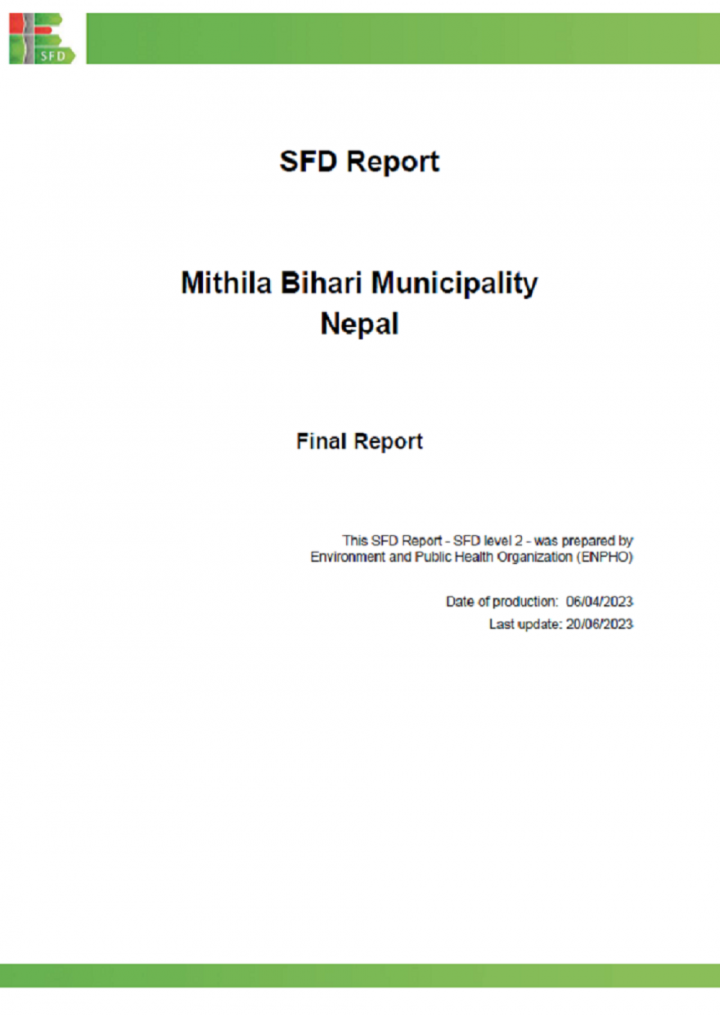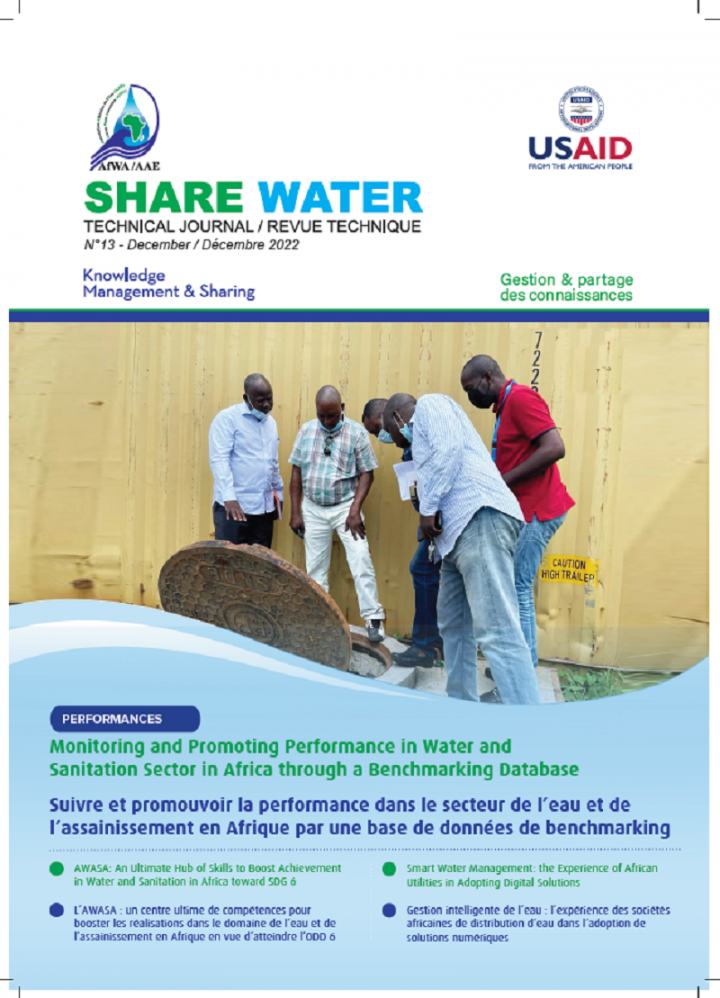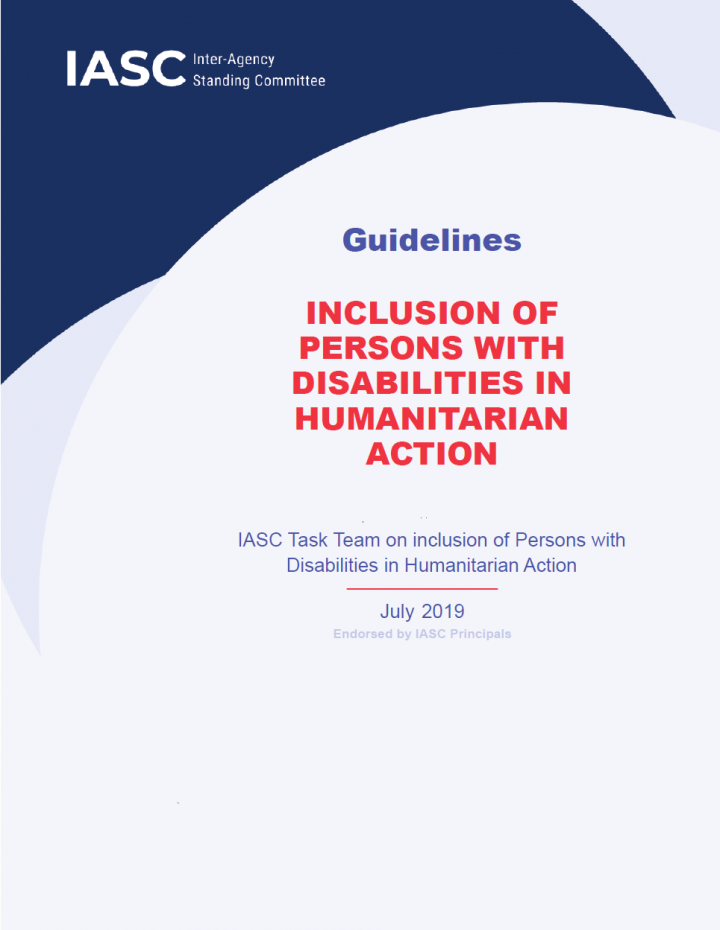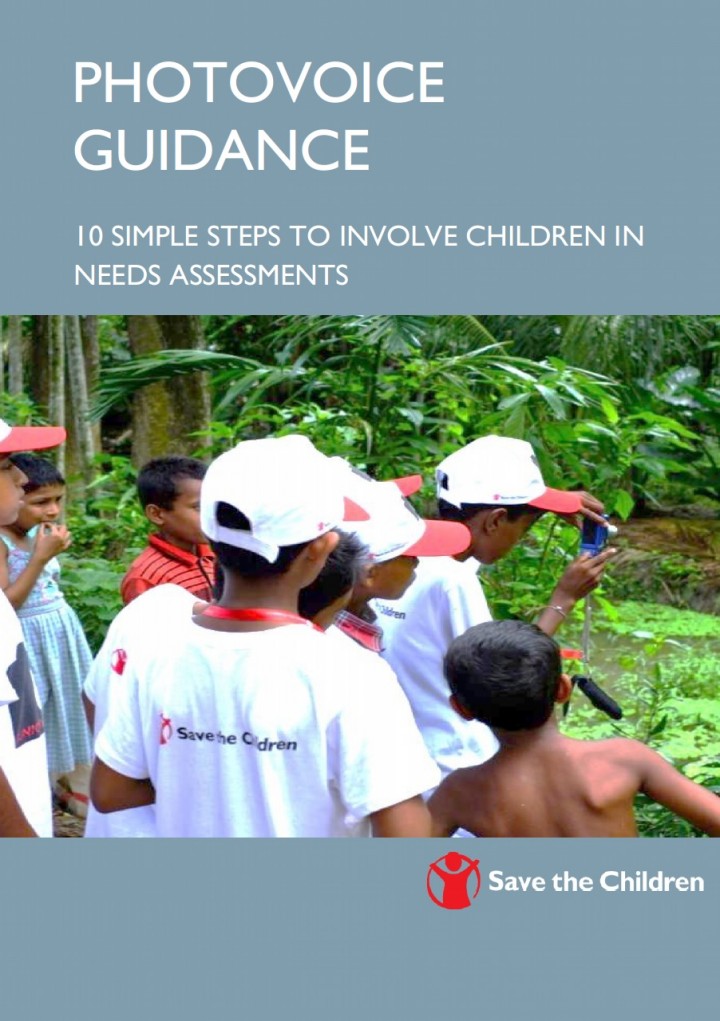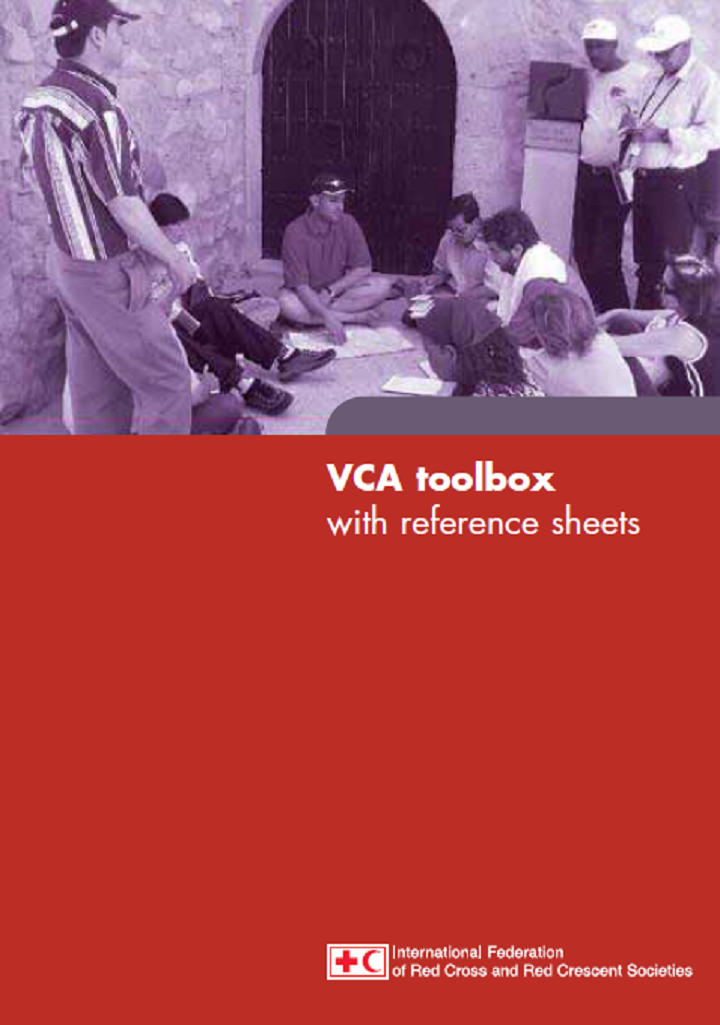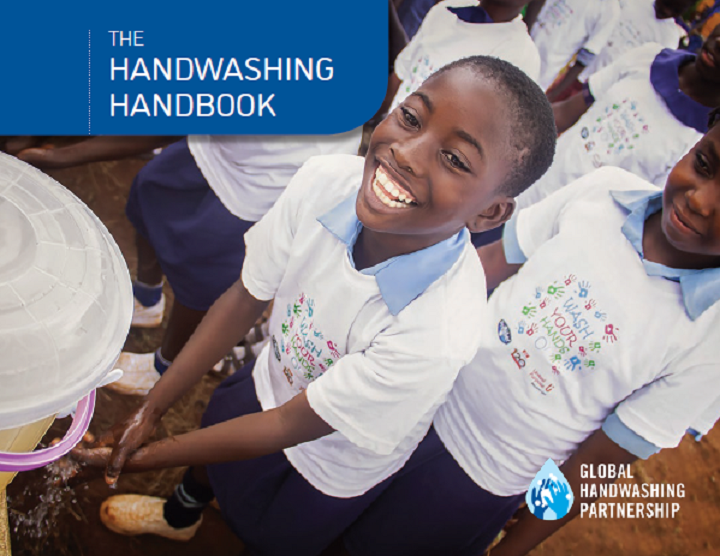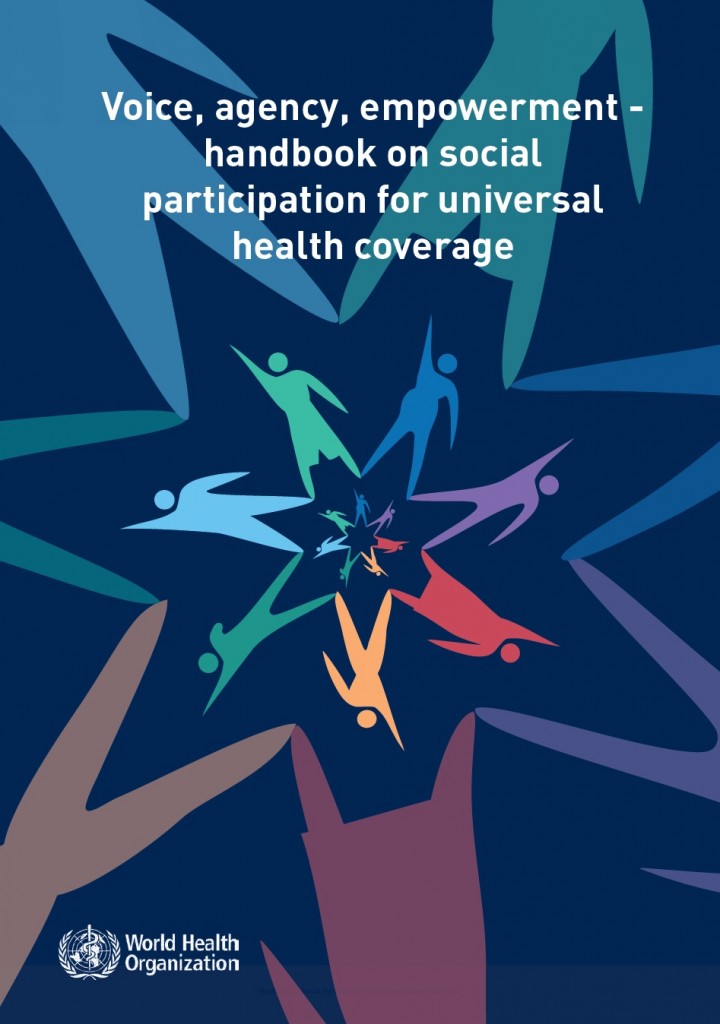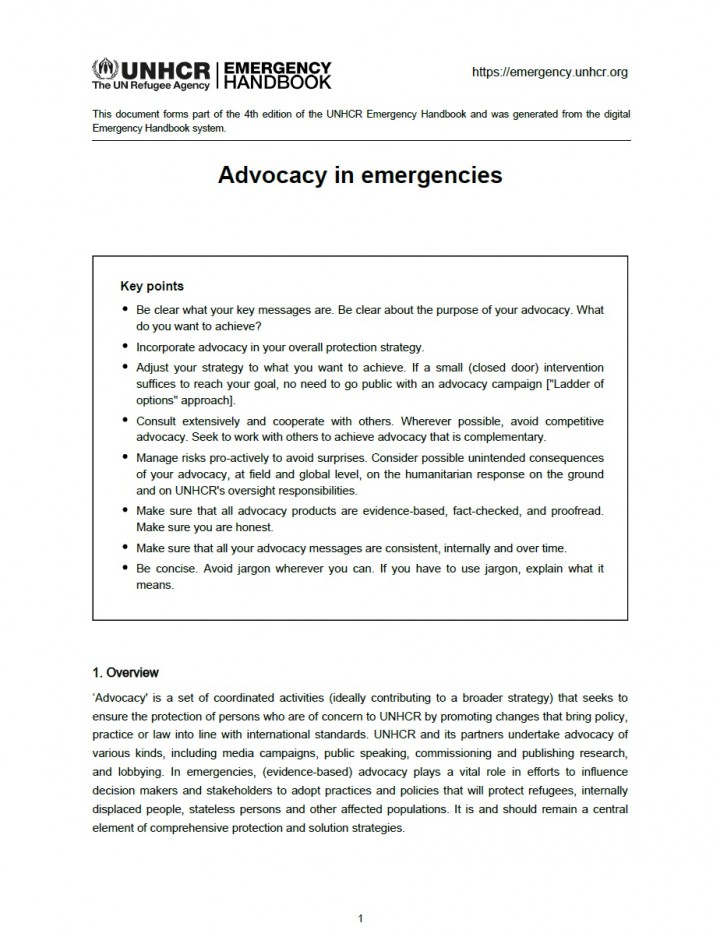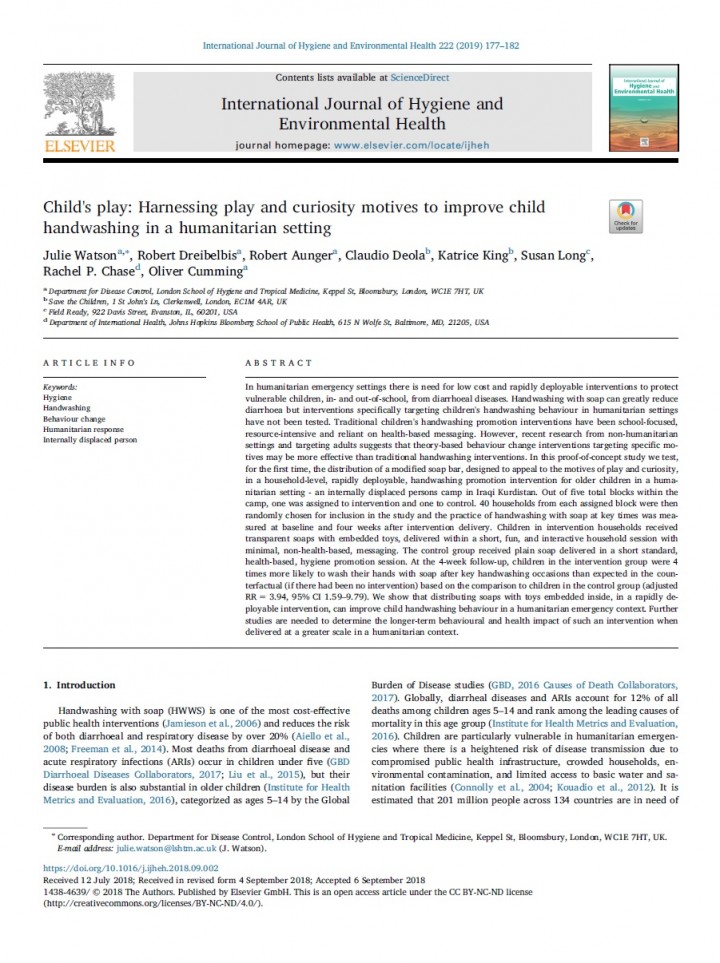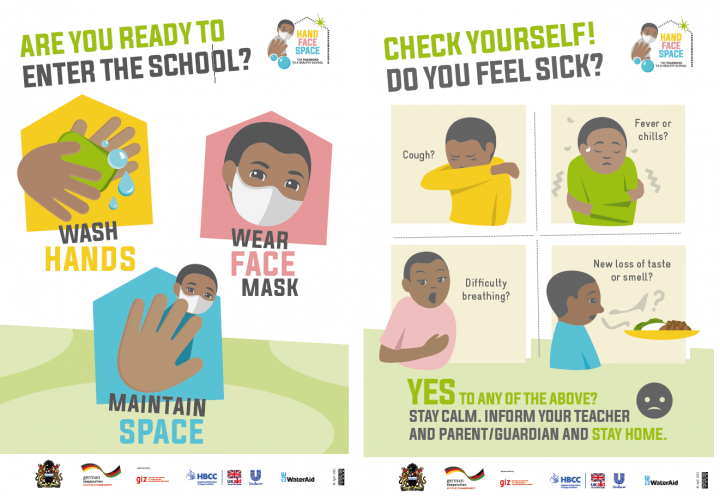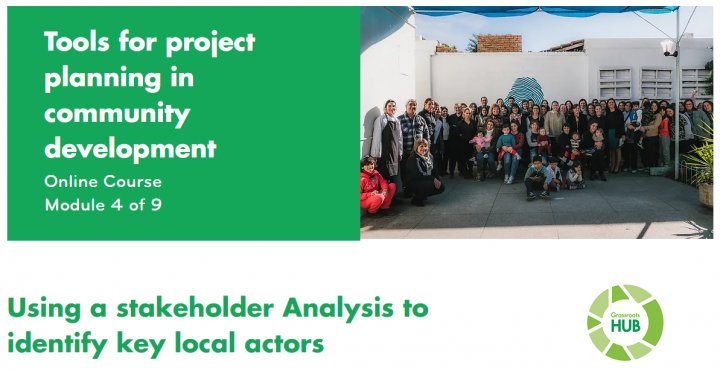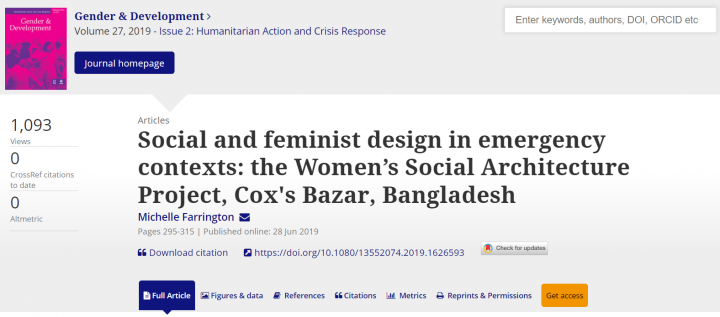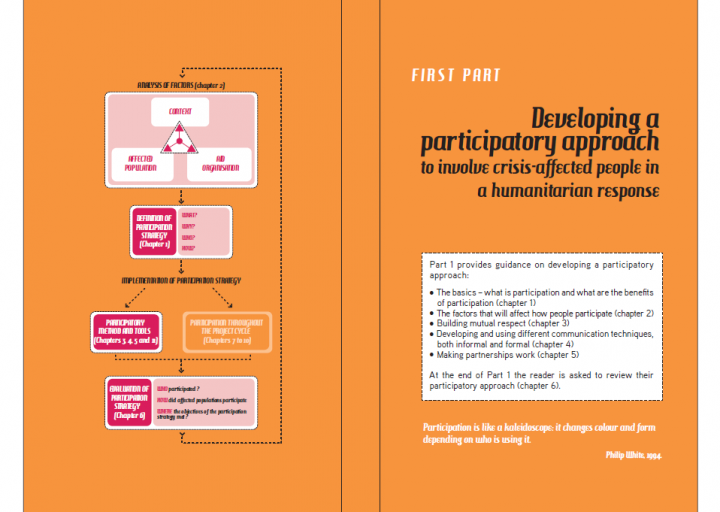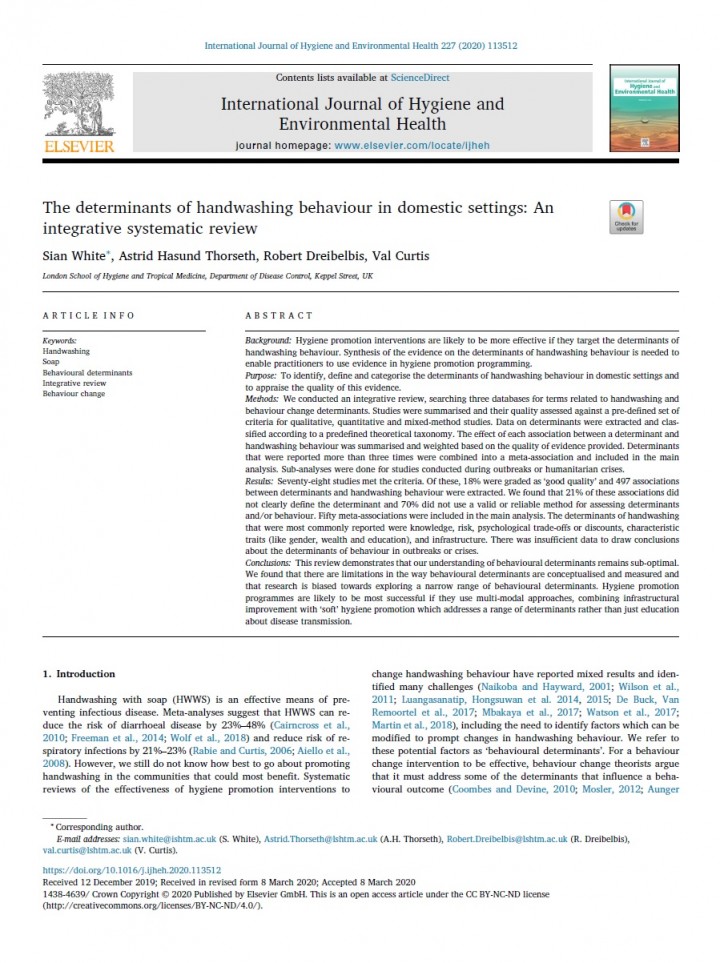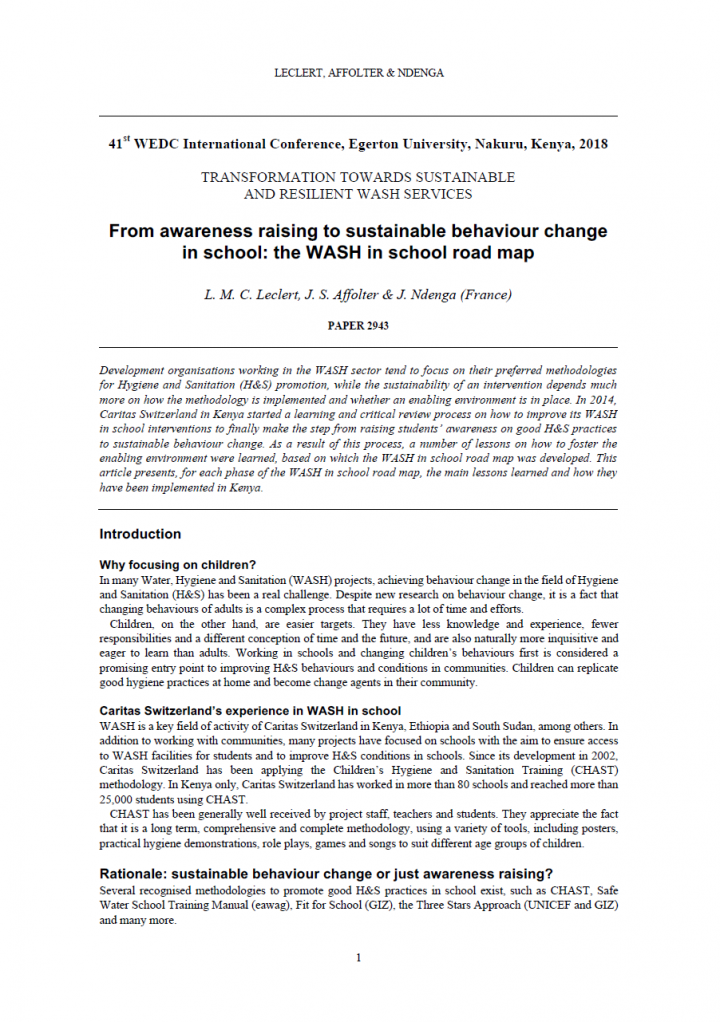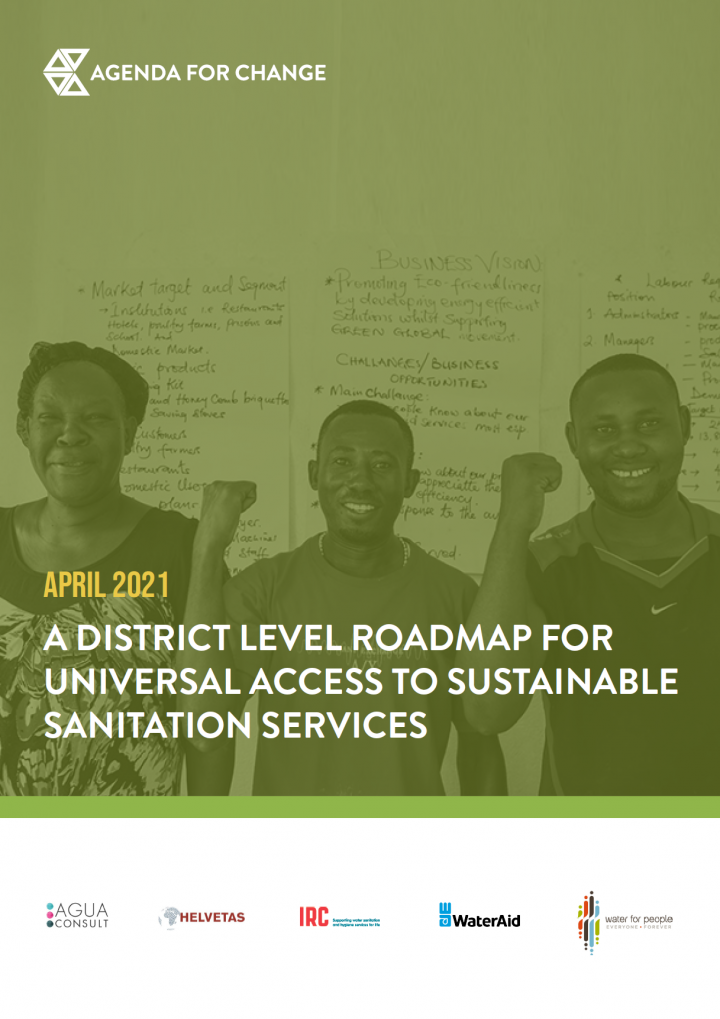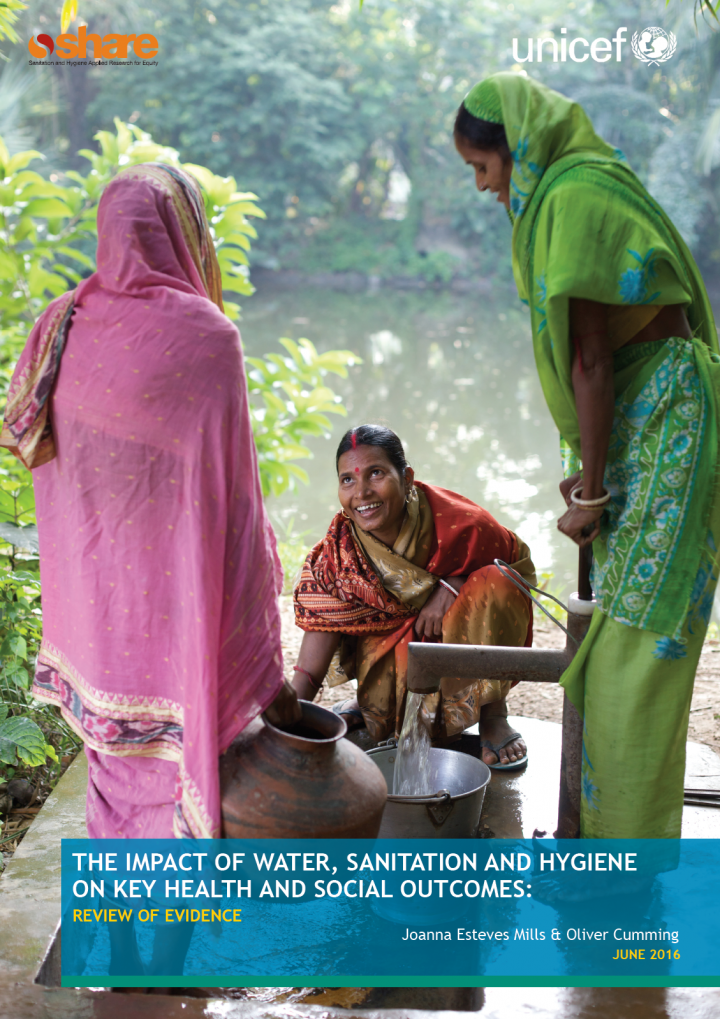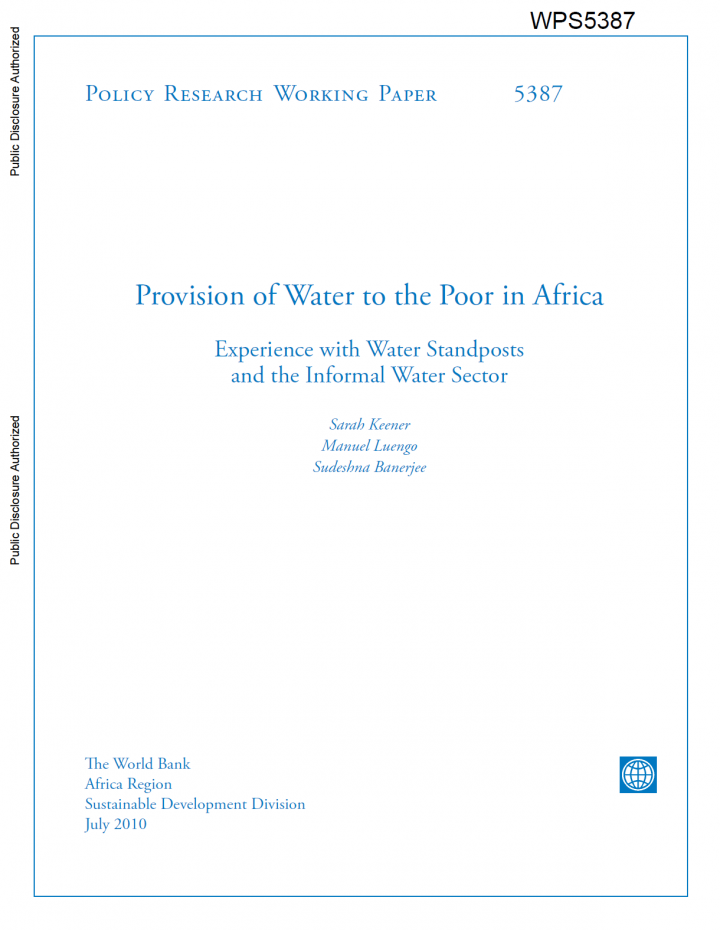Searching for information on Sanitation Workers?
The Sanitation Workers Knowledge + Learning Hub is the best source for all current news, trends, articles and updates on sanitation workers rights around the world.
Mithila Bihari is located in the Dhanusha district of Nepal (Madhesh Province). The municipality covers an area of about 27 kilometres and is situated at an altitude of 87 metres above sea level. The municipality was restructured in 2017 by merging six Village Development Committees (VDCs), which are Bhuthahi Partewa, Mithileshwar Nikas, Andupatti, Tarapatti, Sirsiya, Mithileshwar Mouwahi, Thera …
The thirteenth issue of the African Water Association (AfWA) technical and bilingual magazine, Share Water, is now available. It provides solutions in terms of guidelines and tools likely to help manage the WASH businesses efficiently and mitigate the shortage of water supply, for improved access to sustainable water and sanitation services for all in Africa.
Among these solutions, the water …
The guidelines set out essential actions that humanitarian actors must take in order to effectively identify and respond to the needs and rights of persons with disabilities who are most at risk of being left behind in humanitarian settings.
The recommended actions in each chapter place persons with disabilities at the centre of humanitarian action, both as actors and as members of affected …
Photovoice is a participatory action research methodology that enables people to identify, represent and enhance their communities and life circumstances through photography. It is a process that "entrusts cameras to the hands of people to enable them to act as recorders, and potential analysts for social action and change, in their own communities.
This toolbox looks at different participatory investigative tools that can be used by National Society staff and volunteers to accomplish a successful VCA. As shown in the diagram below, it forms part of a comprehensive four-part series of publications addressing all aspects of VCA.
This handbook is based on the experience of the Global Handwashing Partnership and presents best practices and new concepts to improve the uptake of handwashing. This handbook updates the approaches shared in the previous Handwashing Handbook, which was published in 2005 by the World Bank with support from the partners of the Global Public-Private Partnership for Handwashing (PPPHW), the original …
Social participation is an important means for governments to develop responsive health policies and programmes, which are more likely to be implemented by a broad stakeholder group. It is at the heart of the inclusive governance needed for countries to stake their individual paths towards Universal Health Coverage while ensuring that no one is left behind.
As simple as it may seem in theory, …
‘Advocacy' is a set of coordinated activities (ideally contributing to a broader strategy) that seeks to ensure the protection of persons who are of concern to UNHCR by promoting changes that bring policy, practice or law into line with international standards. UNHCR and its partners undertake advocacy of various kinds, including media campaigns, public speaking, commissioning and publishing …
Abstract
In humanitarian emergency settings there is need for low cost and rapidly deployable interventions to protect vulnerable children, in- and out-of-school, from diarrhoeal diseases. Handwashing with soap can greatly reduce diarrhoea but interventions specifically targeting children's handwashing behaviour in humanitarian settings have not been tested. Traditional children's handwashing …
Bangladesh has been identified as one of the 20 most vulnerable countries to be affected by the COVID-19 pandemic. Its high population density, poor infrastructure, and low levels of awareness of basic preventive measures culminate in a highly vulnerable and fragile country on the brink of a major crisis, with severe ramifications for public health, the economy and social cohesion. The recent …
The rapid influx of Rohingya refugees into Cox's Bazar, Bangladesh, has led to the formation of huge camps, built on difficult terrain, short of space and with high population density. All these factors present numerous challenges to agencies seeking to provide latrines, water points, and bathing facilities. Feedback gathered from women and girls highlighted significant challenges around access, …
The Participation Handbook for humanitarian field workers contains detailed practical advice on the participation of affected people in humanitarian action. It has three sections: Developing a participatory approach (main issues, key factors, building mutual respect, communication methods and advice on reviewing your approach); Implementing your participatory approach at every stage of the …
Background: Hygiene promotion interventions are likely to be more effective if they target the determinants of handwashing behaviour. Synthesis of the evidence on the determinants of handwashing behaviour is needed to enable practitioners to use evidence in hygiene promotion programming.
Purpose: To identify, define and categorise the determinants of handwashing behaviour in domestic settings …
Includes reflections on the Garima Scheme in Odisha, India from G. Mathivathanan (Principal Secretary to Govt Housing & Urban Development Department, Government of Odisha, India), Manvita Baradi (Director, Urban Management Centre) and Meghna Malhotra (Deputy Director, Urban Management Centre).
About Garima
The Garima scheme for Safety and Dignity of Core Sanitation Workers was launched in …
Development organisations working in the WASH sector tend to focus on their preferred methodologies
for Hygiene and Sanitation (H&S) promotion, while the sustainability of an intervention depends much
more on how the methodology is implemented and whether an enabling environment is in place. In 2014,
Caritas Switzerland in Kenya started a learning and critical review process on how to …
This sanitation roadmap was developed to address a gap in available guidance, tools, and case studies specifically focused on sanitation services. In this document, you will find a description of the scope and main differences between water and sanitation services; a step-by-step process for developing a WASH district roadmap focusing on sanitation service delivery; examples of some Agenda for …
This session examines some of the ways in which to enhance Occupational Health and Safety (OHS) of sanitation work, via technical innovations, as well as targeted laws, policies and regulations. The speakers highlight a number of worker-centred avenues to strengthen OHS, as well as key gaps where further participatory research and advocacy is urgently needed.
Speakers
1. Froggi VanRiper …
This evidence paper looks at 10 areas identified collaboratively with UNICEF on which WASH can plausibly have a strong impact: diarrhoea, nutrition, complementary food hygiene, female psychosocial stress, violence, maternal and newborn health, menstrual hygiene management, school attendance, oral vaccine performance, and neglected tropical diseases. Together, these areas cover the most …
Standpipes that dispense water from utilities are the most common alternatives to piped water connections for poor customers in the cities of Sub-Saharan Africa. Fifty-five percent of the unconnected urban population relies on standpipes as their first water source. Other informal water providers include household resellers and a variety of water tankers and vendors, which are the first water …

